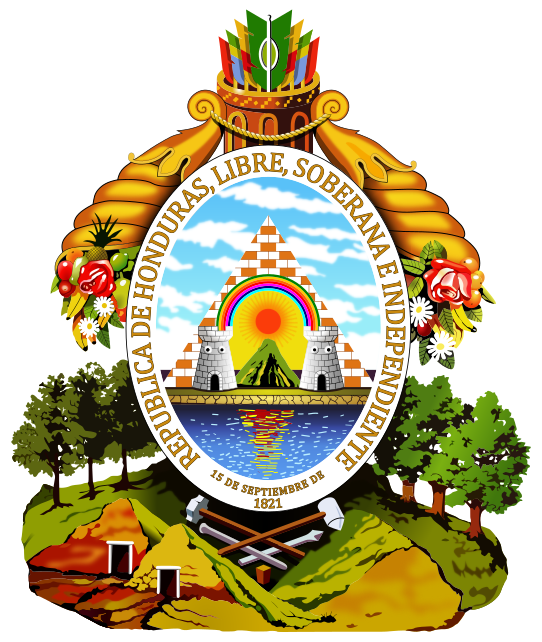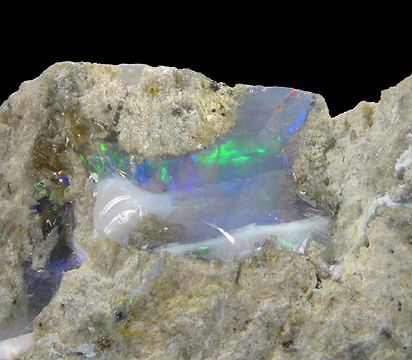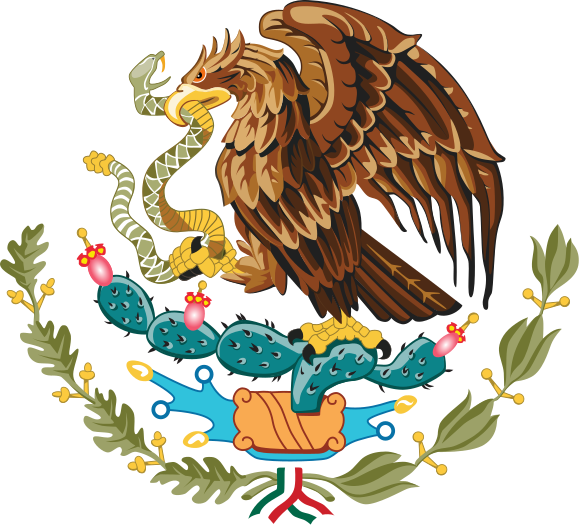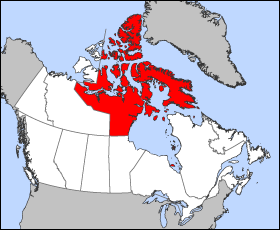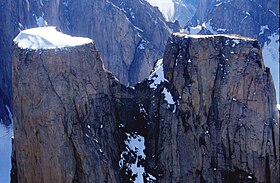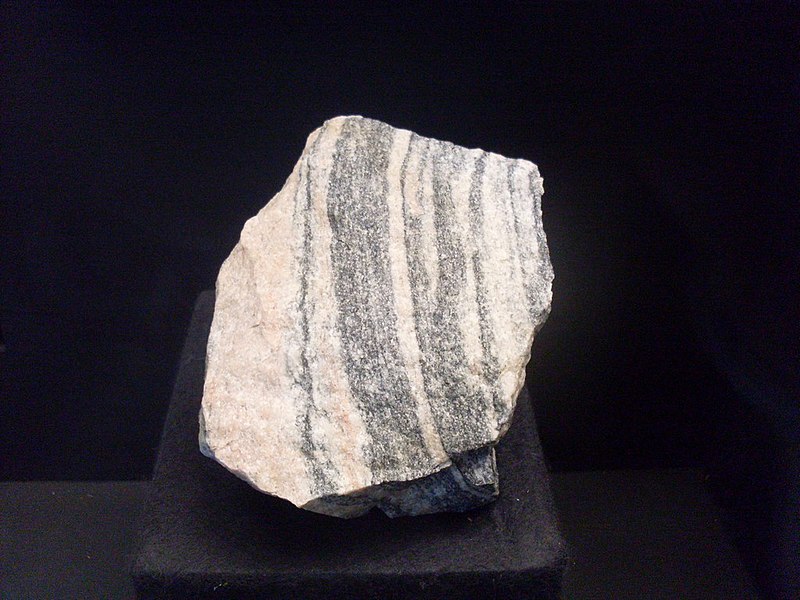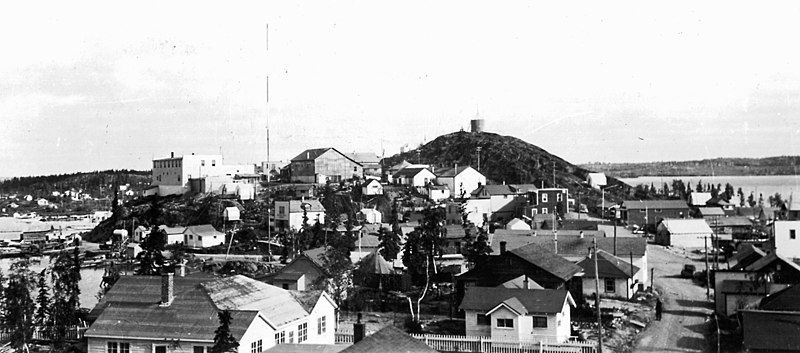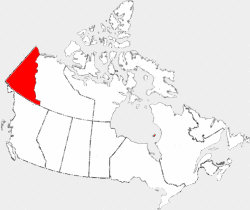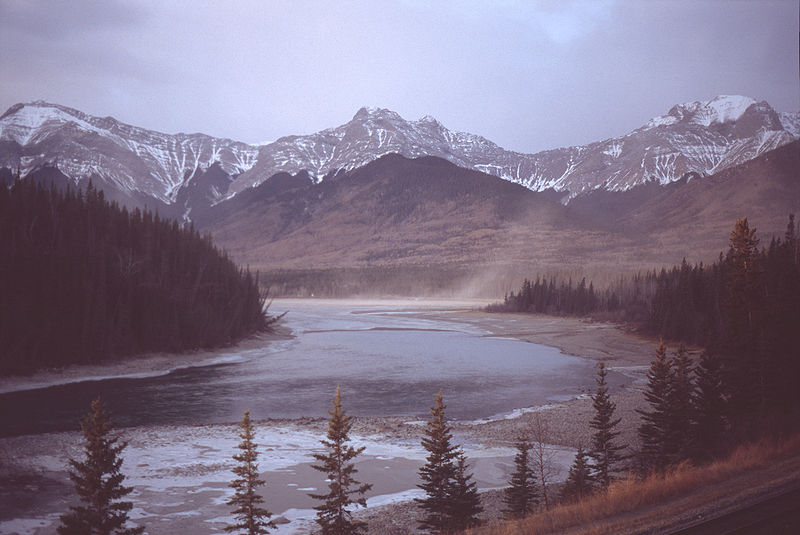 |
| Coat of Arms |
Some of the core rocks of Guatemala were laid down around 370 million years ago that have since been overlaid by tertiary volcanism many of these mountains contain iron, copper, lead, zinc and traces pf gold and silver that are still being mined today. The Tertiary period when dinosaurs roamed the Earth was when this massive layer of volcanic rocks were laid down with their accompanying mineral deposits. The eruptions did not stop during the Tertiary there are volcanoes still erupting today in Guatemala
 |
| Volcan Flores one of the many volcanoes of Guatemala Photo by Rick Wunderman (Smithsonian Museum) |
As recently as 23,000 years a very large eruption occurred for me a call barrel that is now occupied by Lake Atitlan Mt. Santa Maria
It is a well known fact that gold is often found in the vicinity of former volcanic eruption's in deposit great amounts of gold by the action of hot water. Even today there are many hot springs Guatemala
A great deal of Guatemala Central America . In Guatemala
Gold is often accompanied by deposit so magnetite that is sensitive to a flux gate magnetometer. There are other advanced methods of exploring for gold including one very accurate means that involves taking soil samples, and subjecting the samples to analysis by an atomic absorption spectrometer.
It is possible that the area encompassed by Central America could well prove to be one of the most mineral rich areas in the world.

